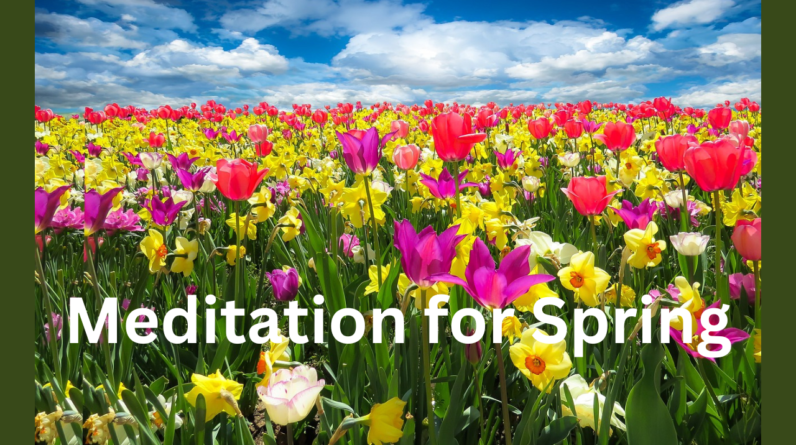
I recently watched a fascinating video, The Most Powerful Over 50 Exercise You’re Probably Not Doing, that left me both impressed and inspired—and I think you’ll feel the same way once you hear what it’s all about. It’s actually similar to some exercises we practice in Spring Forest Qigong.
The video featured a trainer (Jack Thompson, of Jack Thompson Coaching) sharing a message from one of his clients. It was simple, but powerful:
“My 62-year-old neighbor told me, ‘I feel 10 years younger after doing fascia hopping for 8 days. He found a rhythm, and it changed everything.'”
That got my attention. How can something as simple as “fascia hopping” have such a dramatic effect in just over a week?
Let’s break it down.
What Is Fascia Hopping?
Fascia hopping is a light, rhythm-based movement designed to restore elasticity to your body—specifically to your fascia, the connective tissue that wraps around your muscles like a full-body wetsuit.
As we age, our fascia can lose its natural elasticity, making us stiff, sluggish, and more prone to injury. The idea behind fascia hopping is to “wake up” that system and reintroduce a youthful bounce to the body.
Think of it as your own internal spring system—kind of like when you were a kid and could run, jump, and climb all day without feeling wiped out. That’s fascia at its best. Fascia hopping aims to bring it back.
Why It Works
According to Thompson, two major enemies of fascia elasticity are:
- Tension: Too much tightness prevents the body from moving with flow.
- Slack: Too little tension, and you lose that bounce or “spring.”
Fascia hopping hits the sweet spot—taut but relaxed, springy but smooth.
How To Do Fascia Hopping (Step-by-Step)
Here’s a quick breakdown of how to perform the movement yourself:
- Align Your Body
- Stand tall. Imagine someone gently pulling you upward by the top of your head.
- Keep your chin level, shoulders relaxed and pulled down, chest slightly open.
- Think of your fascia as a stretchy bodysuit—pull it gently taut in all directions (up/down, left/right).
- Activate the Springboard
- Lift your heels about 1 inch off the ground.
- Bounce gently on the balls of your feet, keeping your heels lifted but stable.
- Don’t let your heels flop—keep them “fixed” to maintain spring.
- Add Rhythm
- Move with a light, rhythmic bounce. Add arm movement like “Repulse Monkey.”
- Engage your core and let your center guide a subtle figure-eight motion—almost like a belly dance.
- Think smooth and elastic, not tense or forced.
- Progress (Optional)
- If comfortable, begin to leave the ground with each bounce—just an inch or two.
- Maintain a consistent, gentle rhythm. This is not a cardio blast—it’s about restoring flow.
Daily Plan: Just 2 Minutes
The video recommends doing fascia hopping for 2 minutes a day for the next 7 days. But here’s the key: each day, focus on being a little smoother and more rhythmic than the last.
That’s your gauge for progress—not how high you jump or how tired you get, but how fluid you become. Remember: good alignment + finding a rhythm.
The Bottom Line
Fascia hopping is deceptively simple but rooted in a smart understanding of how the body ages—and how it can bounce back.
If you’ve felt stiff, uncoordinated, or just less springy lately, this might be the gentle, rejuvenating movement you didn’t know you needed.
In just a few minutes a day, you may begin to feel more fluid, more youthful, and more connected in your body. One viewer’s neighbor said it made him feel 10 years younger—not bad for 8 days of effort.
Have you tried fascia hopping? I’d love to hear how it goes for you. Drop a comment below or tag me if you give it a shot!






